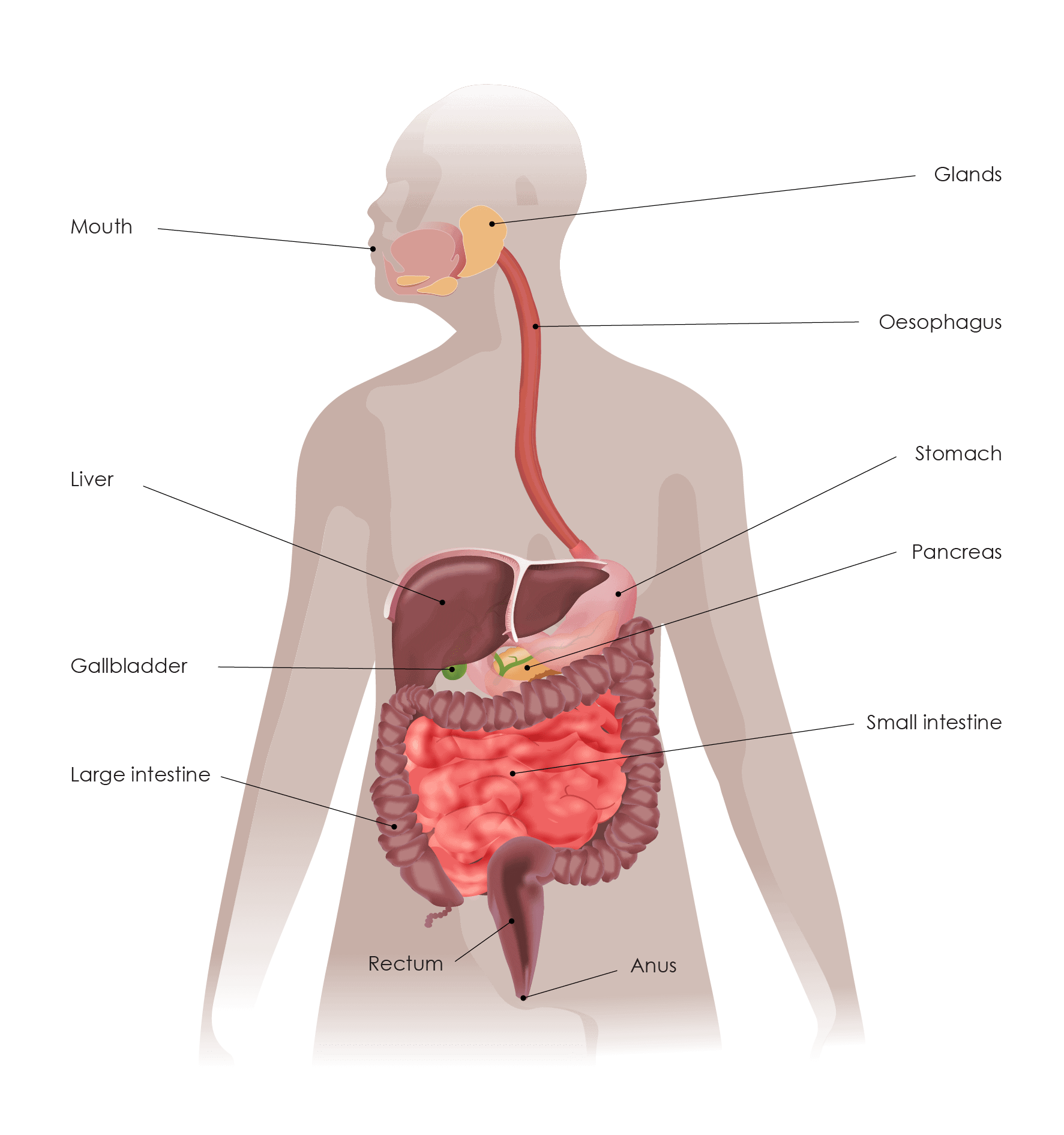
Gastric and Oesophageal Cancers
What are Gastric and Oesophageal Cancers?
Gastric cancer – also called stomach cancer – is a disease in which cancer cells form in the lining of the stomach. Oesophageal cancer is cancer of the oesophagus (gullet, or food pipe) – the long tube that carries food from the throat to the stomach.
About Gastric and Oesophageal Cancers
Oesophageal cancer is cancer of the oesophagus (gullet, or food pipe) – the long tube that carries food from the throat to the stomach. It is the eighth most common cancer in the world. In Europe, around 53 000 people are diagnosed with oesophageal cancer each year (2020 Data from ECIS).
Gastric cancer – also called stomach cancer – is a disease in which cancer cells form in the lining of the stomach. It is the fourth most common cancer in the world. In Europe, around 136 000 people per year are diagnosed with gastric cancer (2020 Data from ECIS).
Oesophageal cancer is the thirteenth, while gastric cancer is the sixth most common cause of cancer-related death in Europe.
About the Oesophagus and Stomach
The oesophagus and stomach are parts of the digestive system.
The oesophagus is a long muscular tube, which connects your throat to your stomach. Once you begin swallowing food, it enters the oesophagus and travels down towards the stomach.
When food reaches the end of your oesophagus, a muscle called the lower oesophageal sphincter relaxes and allows food to pass into your stomach.
The stomach is a J-shaped organ in the upper abdomen. After food enters your stomach, the stomach muscles mix the food and liquid with digestive juices. After leaving the stomach, partly digested food passes into the small intestine and then into the large intestine.
Both the oesophagus and stomach contain four layers. These layers are important for understanding where gastric and oesophageal cancer often occur.
- The four layers of the oesophagus, starting with the innermost layer, are known as the mucosa, submucosa, muscularis, and adventitia.
- The four layers of the stomach, starting with the innermost layer, are known as the mucosa, submucosa, muscularis externa, and serosa.
Types of Oesophageal Cancer
Cancer can develop anywhere in the oesophagus, but there are broadly two types of oesophageal cancer:
- Squamous cell carcinoma: This type of oesophageal cancer develops in the cells of the mucosa, which is the inner lining of the oesophagus. It mainly occurs in the upper two thirds of the oesophagus.
- Adenocarcinoma: This develops from cells within mucous glands – which are there to help food to slide down into the stomach easily. This type mainly occurs in the lower third of the oesophagus.
Types of Gastric Cancer
Gastric cancer generally begins in the cells lining the mucosal layer and spreads through the outer layers as it grows.
- Adenocarcinoma: The majority (about 90–95%) of gastric cancers are adenocarcinomas. This type develops from the cells of the mucosa, which is the inner lining of the stomach.
- Lymphoma: Lymphoma is a cancer of the immune system tissue that may start anywhere lymph tissues are found, including the stomach.
- Gastrointestinal stromal tumour, or GIST: A rare type of stomach cancer that forms in a cell type found in the lining of the stomach called interstitial cells of Cajal (ICCs).
- Carcinoid tumour: This starts in the hormone-producing cells of the stomach.
